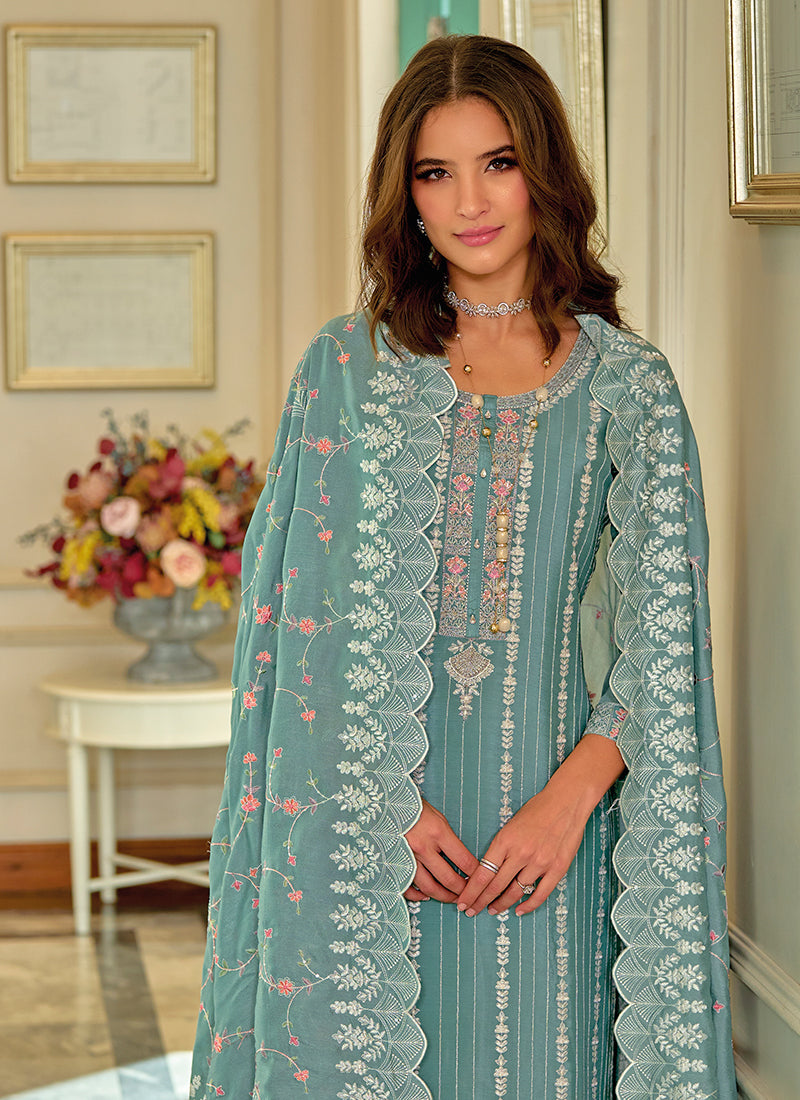Indian clothing has a rich and diverse heritage that reflects the country's cultural, regional, and historical diversity. Among the many traditional Indian outfits, the salwar kameez holds a special place. This versatile attire has evolved over centuries, adapting to changing fashion trends while retaining its cultural significance. In this article, we will explore what makes the salwar kameez special and whether it is considered casual or formal attire.
Understanding Indian Clothes
Before delving into the specifics of the salwar kameez, it's essential to have a basic understanding of Indian clothing. India boasts a wide array of traditional garments, each with its unique features and cultural roots. Some of the most prominent Indian outfits include sarees, lehenga choli, anarkali suits, and Punjabi suits, which are often compared to the salwar kameez.
1. The Salwar Kameez: An Overview
The salwar kameez is a traditional Indian outfit consisting of three main components: the kameez (a long tunic or top), the salwar (loose-fitting pants), and the dupatta (a decorative scarf or shawl). This ensemble is known for its comfort, elegance, and versatility. What sets it apart from other Indian garments is its adaptability to various occasions and its ability to suit different body types.
2. Versatility of the Salwar Kameez
One of the most remarkable aspects of the salwar kameez is its versatility. It can be styled in numerous ways to cater to both casual and formal settings. Let's explore how the salwar kameez can be adapted for different occasions:
a. Casual Wear: Salwar kameez in cotton or lightweight fabrics with minimal embellishments are perfect for everyday wear. They offer comfort and ease of movement, making them a preferred choice for home, casual outings, and office wear.
b. Semi-Formal Attire: For occasions that require a touch of elegance without being overly formal, the salwar kameez can be embellished with subtle embroidery, sequins, or beadwork. Fabrics like silk or chiffon add a touch of sophistication, making it suitable for events like family gatherings and festivals.
c. Formal Wear: The salwar kameez can be transformed into a formal outfit by choosing rich and opulent fabrics such as brocade, velvet, or silk. Elaborate embroidery, intricate patterns, and dazzling embellishments make it an ideal choice for weddings, parties, and other grand celebrations.
3. Cultural Significance
The salwar kameez has deep cultural roots in India, representing the diversity and heritage of the country. It is worn by people from various regions, and different styles of salwar kameez are associated with specific cultures. For example, Punjabi suits are a variation of the salwar kameez and are widely worn in the Punjab region of India.
4. Evolution and Modern Trends
The salwar kameez has evolved over time, adapting to changing fashion trends and preferences. Designers have reimagined this traditional attire, creating contemporary versions that incorporate Western elements while preserving its essence. This fusion has made the salwar kameez a global fashion phenomenon, appealing to people worldwide.
In conclusion, the salwar kameez is a unique and special Indian outfit that embodies comfort, versatility, and cultural significance. Whether it is considered casual or formal depends on how it is styled and the occasion it is worn for. From everyday wear to grand celebrations, the salwar kameez has the flexibility to adapt to various settings, making it a cherished part of Indian fashion. Its timeless appeal and ability to blend tradition with modernity ensure that it will continue to be a significant part of Indian clothing for generations to come.












